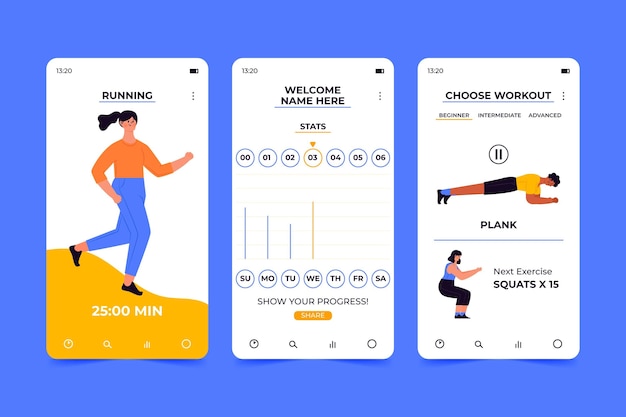When it comes to improving your fitness, shedding extra pounds, or simply staying active, walking and jogging are two of the most accessible and effective options. Both are low-cost, require minimal equipment, and can be done almost anywhere. But which one is better for your goals—especially if you're aiming to eat healthier and lose weight?
Let’s break down the benefits of walking versus jogging, compare their impact on weight loss and overall health, and provide practical tips to help you choose the right option—or even combine both—for long-term success.
Jogging typically burns more calories per minute than walking. For example, a 150-pound person can burn around 150–200 calories walking at 3.5 mph for 30 minutes, but up to 300 calories jogging at 5 mph in the same time.
However, higher intensity doesn’t always mean better. Jogging places more stress on joints and may not be sustainable for beginners or those with physical limitations. Walking, while lower in intensity, can be done for longer durations, making total daily calorie burn more manageable over time.

The best exercise is the one you can stick with. Many people start jogging with enthusiasm but quit due to injury, fatigue, or discomfort. Walking is gentler on the body and easier to maintain daily—especially when paired with healthier eating habits.
Research shows that consistent, moderate activity like brisk walking supports long-term weight management and heart health just as effectively as high-intensity routines—for many individuals.

You don’t have to choose one or the other. Modify your routine to match your fitness level and goals.
Exercise and nutrition go hand in hand. While jogging burns more calories quickly, it can also increase appetite. Some people compensate by eating more, which may offset weight loss.
Walking, especially after meals, helps regulate blood sugar and supports mindful eating. A 15–20 minute walk post-meal can improve digestion and reduce cravings—making it a powerful tool for healthier habits.
Both activities reduce the risk of heart disease, type 2 diabetes, and depression. Studies show that regular walkers and joggers have similar improvements in cardiovascular health when energy expenditure is matched.
The key is consistency. Walking is often more sustainable over decades, while jogging may be best used in moderation—especially as we age or face joint concerns.
There’s no one-size-fits-all answer. If you're new to fitness, recovering from injury, or want a sustainable habit, start with brisk walking. If you’re already active and want to boost fitness and calorie burn, add jogging intervals.
Ultimately, combining both—along with a balanced, nutrient-rich diet—creates a powerful foundation for lasting health and weight management.
Coach’s Tip: Aim for at least 150 minutes of moderate activity (like brisk walking) or 75 minutes of vigorous activity (like jogging) per week. Mix them as needed to stay injury-free and motivated.

Fitness

Fitness

Fitness

Fitness

Health

Health

Wellness

Fitness

Fitness

Fitness

Wellness

Wellness

Health

Fitness

Health

Health